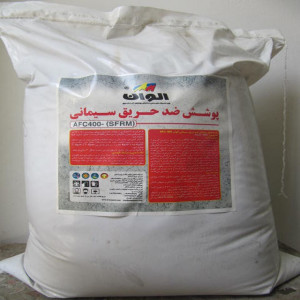| Alvan Paint Co. |

| No Title | 0.01 MB |
| Registration Date | 27 Oct 2020 |
| Revision Date | 27 Oct 2020 |
| Share |
Construction Masonry Materials
CementUsing nanoparticles which causes improvement in fire protection properties and decrease in required coatings thickness leading to achieve lighter structure without downfall in efficiency and safety
Due to some metallurgical and physical phenomena, structural steels’ strength will be destroyed reaching to a temperature range of 400 to 600 ° C and it may cause the building collapse during a fire. Fireproof coatings are some types of materials used to resist against fire in buildings and facilities. These coatings retard building's skeleton temperature increase by providing thermal insulation on the surface of the concrete and steels used in walls and ceilings and provide sufficient time to apply fire extinguishing and rescue processes. Depending on the type, dimensions and substrate geometry, different thicknesses of these coatings are applied on the surface. The quality of these coatings is determined by the duration of the fire resistance from 30 minutes to 4 hours, the tolerable temperature, the adhesion strength, the absence of toxic gases and also the density. These coatings are usually made of materials such as cement and/or rock wool or some polymers. The mineral coating of the lightweight cementitious based containing nanoparticles provides high performance for the protection of applied metal parts in the structure of the building against fire.
Using nanoparticles in the coatings improves adhesion of coating components together and also coating to substrate. Moreover, due to better thermal resistance properties with specific amount of thickness, time to reach critical temperature for coating without nanoparticles is less than those containing nanoparticles.
In this test, in order to measure the time of reaching critical temperature, two girders with the height of 1 m and placing 6 thermocouples at specific points (to measure temperature) of those girders are used. After that coatings with and without nanoparticles are applied and then are put separately in furnaces. Time to reach critical temperature (the average temperature of 6 thermocouples) is an indication of fireproof properties.